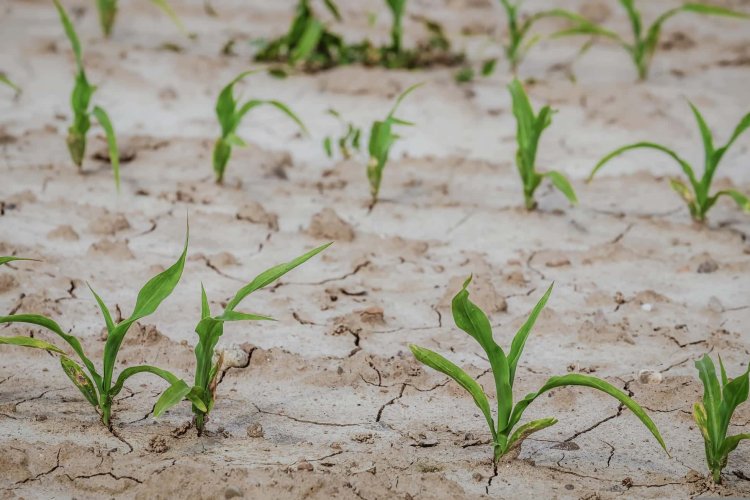Drought threatens agricultural crops in Jowzjan

Farmers in Jowzjan province are struggling as persistent drought, water shortages, and crop diseases threaten agricultural yields, raising concerns about food security and livelihoods in the region.
Ahmad Shah, a farmer in Jowzjan, reports that successive droughts have led to a significant decline in agricultural production. He explains that in previous years, he could harvest up to 30 man (a local unit of weight) of wheat per man of seeds, but now, due to drought and plant diseases, this has dropped to just 8 man.
“This year, the drought is severe, which is reducing our crop yields year after year. The lack of rainfall has also increased plant diseases, and all of this is due to the drought,” he said.
Another farmer, Abdullah, echoes these concerns, stating that in addition to drought, crop diseases have also contributed to declining agricultural output. He urges the Ministry of Agriculture to take action, noting that Jowzjan’s sandy soil requires more water, making farming even more difficult in times of drought.
“We have never seen such a severe drought before. Farmers have suffered heavy financial losses in recent years due to water shortages. If this situation continues, the challenges will only worsen,” said Niazuddin, another local farmer.
Abdul Qadir Wahdat, the Taliban-appointed head of Jowzjan’s Agriculture, Irrigation, and Livestock Department claims that efforts are underway to address the crisis. He announced plans to construct small check dams in different parts of the province to store floodwaters and mitigate the impact of drought.
“The drought has severely affected farmers and orchard owners in Jowzjan, which is a matter of concern. We are working to construct small water reservoirs to help solve this problem,” Wahdat said.
Jowzjan, located in northern Afghanistan, relies heavily on agriculture and livestock, with 80% of its population engaged in farming. However, the province has limited water resources, forcing farmers to depend on water from neighboring provinces such as Sar-e Pul and Balkh. The recent droughts, however, have significantly reduced these water supplies, further exacerbating the crisis.
